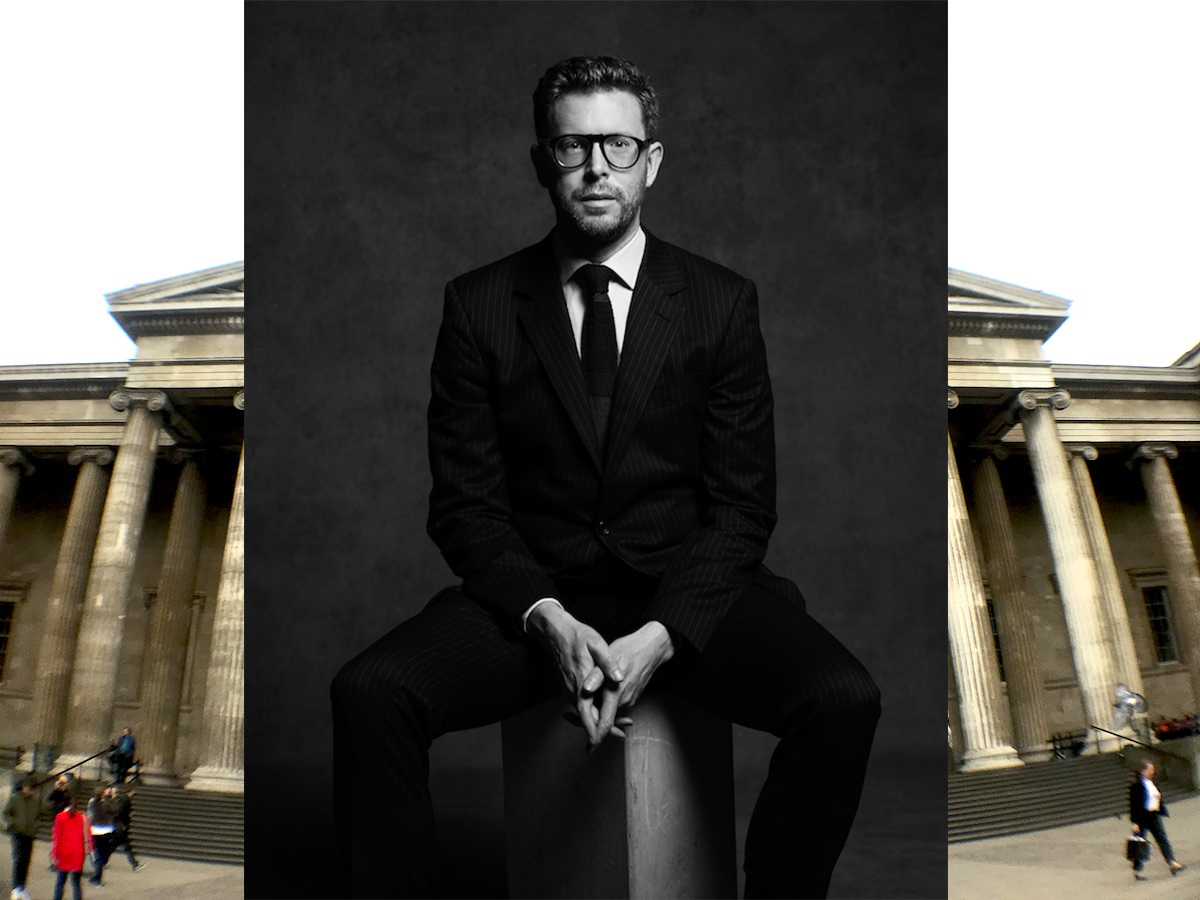This October, as Frieze once again transforms London into a global stage for art, the British Museum will venture into new territory of its own. On 18 October, the institution hosts its first fundraising Ball—an event pitched as a permanent fixture in the city’s cultural calendar. The move is more than an exercise in spectacle: it signals the Museum’s intention to redefine its public role in the run-up to its 300th anniversary in 2053. The 2025 theme is pink, drawing on the “colours and light of India” showcased in the museum’s exhibition Ancient India: Living Traditions, which closes the same weekend as the ball. A British Museum spokesperson stated that around 800 guests are expected, with tables of ten priced at £20,000.
The British Museum has long been more than a repository of artefacts. Since its founding in 1753, it has embodied the radical notion that culture should be available to all. Unlike many of its European counterparts, the collection was not created under royal patronage or ecclesiastical decree. Instead, it was framed from the outset as a democratic experiment: a place where knowledge could be offered freely “for the improvement, knowledge and information of all persons.” The Ball is being presented as an extension of this ethos—albeit filtered through the polished lens of London society.
Beyond the black-tie gloss, the British Museum is undergoing a significant overhaul. Architect Lina Ghotmeh is leading it; the master plan sets out more than cosmetic changes: a redesigned forecourt with new gardens and a welcome pavilion, a reconfigured sequence of galleries, and a fresh approach to presenting objects to the public. The ambition is not to rewrite the past but to cast it in clearer light, making the collection speak more directly to today’s audiences. The emphasis throughout is on openness, environmental responsibility, and a stronger sense of connection.
The Museum’s initiative extends well beyond London. Over the past year, more than eight million people encountered British Museum objects outside the capital through loans and joint exhibitions with over 250 partner institutions. Included are the Sutton Hoo treasures. The iconic helmets are scheduled to travel to France in 2026, while the Lewis Chessmen will also be on view abroad. Such movements are not just acts of generosity; they reflect a deliberate strategy to keep the collection in circulation, alive to new contexts, rather than sealed away as static inheritance.
Internationally, the Museum has developed a pattern of intense collaboration. It is involved in research at Girsu in Iraq, excavation in Benin City with the Museum of West African Art, and a long-standing programme with the Chhatrapati Shivaji Maharaj Vastu Sangrahalaya in Mumbai.
The Museum also runs an International Training Programme that convenes curators in London for a mutual sharing of skills and practice. These efforts, combined with cultural partnerships such as the Bayeux Tapestry exchange with Normandy, keep the Museum’s work and reputation internationally in scope.
Proceeds from the Ball will be channelled into the Museum’s overseas projects, underscoring its ambition to operate as more than a London landmark and to position itself within a global cultural exchange. Yet that very ambition exposes a fault line: an institution built through empire, now intent on reshaping its image as a forum for shared narratives.
The Museum’s leadership refers to its collection of over eight million objects as a “living diary of humanity.” Items like a Mesopotamian tablet or the Rosetta Stone are not colonial trophies from a lost world, but objects that carry stories through time. The central challenge now is making these narratives feel immediate and compelling to a modern viewer. All 8,000,000 objects housed in the Museum are currently being photographed and will be available as part of the Museum’s modernisation.
That ambition is mirrored in the case surrounding the Ball. It is designed as both celebration and restatement: a declaration that culture belongs to everyone, and that in an age of fracture and division, the Museum still aspires to act as a space of common ground. The British Museum is positioning itself not as an institution of the past but as a platform where histories converge and futures are contested.
The inaugural Ball aims to create a gala that competes favourably with The Serpentine Ball, the US Met Ball, and the Newly launched V&A Ball. It is an attempt to broadcast a larger message: that culture, when shared, retains the power to connect people across borders, ideologies, and centuries. The British Museum’s history is far from resolved, but its future, at least in the rhetoric of October 2025, is being written with renewed vision.
Top Photo: Nicholas Cullinan Director of The British Museum

